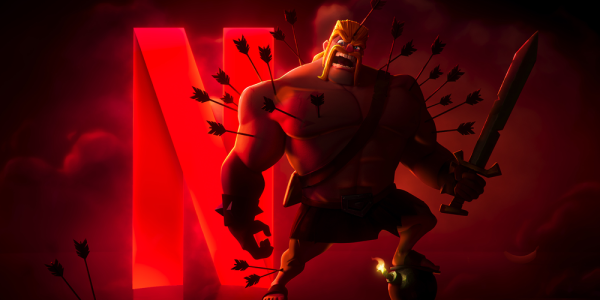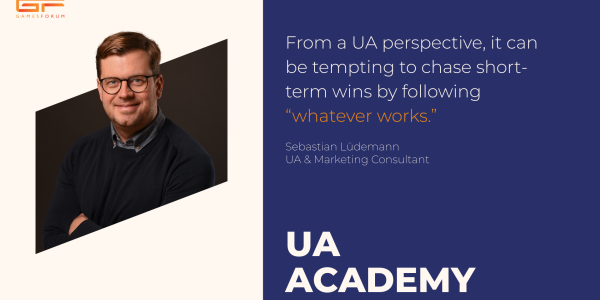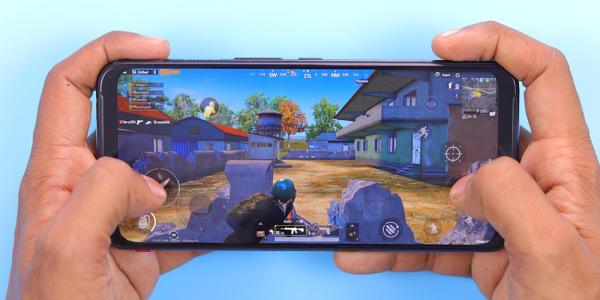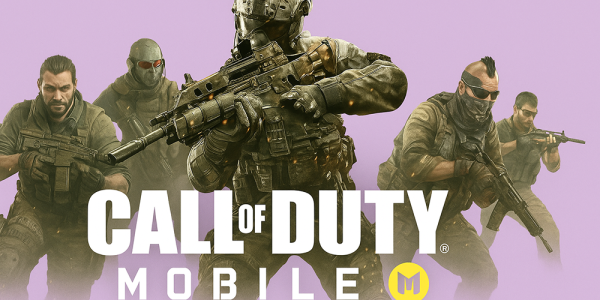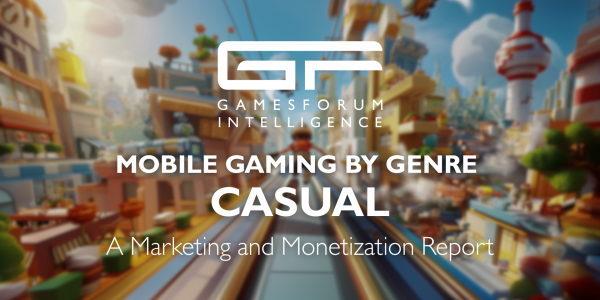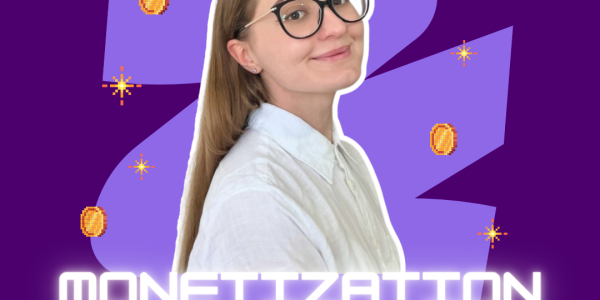The Monetization Blindspot Costing You Thousands: How to Turn Unfilled Ad Inventory into a Revenue Engine

Progression walls, hidden friction, and under-leveraged UX — these are the silent killers of game monetization. In this Monetization Masterclass, Ezgi Doğan, Product & Game Monetization Consultant, cuts through the noise with a focus on what actually drives payer and non-payer balance, retention, and revenue. From smarter value surfacing to culturally calibrated pricing, her approach is rooted in practical, measurable impact. She’ll bring these insights, and more, to the stage at Gamesforum Hamburg.
Progression divergence is the most telling metric of payer vs non-payer balance in game economies
One of the first things I dive into is the progression curve for both payers and non-payers. If non-payers are consistently hitting a wall — stalling at key points — that’s a red flag. It usually means the freemium model needs a closer look. The ideal balance lets everyone progress, but at different speeds and with distinct incentives.
At the same time, we want to ensure payers are getting clear, meaningful value: faster progression, access to premium assets, and that feeling of elevated status. When both sides of the economy feel rewarding in their own way, that’s when harmony happens.
Proactive value surfacing drives significant retention gains among free users in freemium title
One big insight: we often assume players will naturally discover all the value we’ve built into the game — but they won’t. In reality, too many games rely on users finding the offer, when it should be the offer that finds the user.
Improving visibility — through smarter UX, surfacing key moments, and communicating clearly — often outperforms building entirely new features. You’d be surprised how much retention lift you get just by making the value you already have easier to see and act on.
When done right, this doesn’t just improve engagement metrics — it adds a sense of discovery, diversity, and opportunity for players.
Subtle UX friction in purchase journeys silently erodes conversion rates and revenue
One of the quietest killers of monetization is friction — especially when a player is ready to spend but the experience makes them pause. It often hides in small details: cluttered store layouts, vague value propositions, or pop-ups that disrupt instead of enhance the flow.
A good rule of thumb? If a player has to stop and think at any point during the purchase journey, it's a signal the flow needs rethinking. Every click should feel obvious and rewarding. We ask: “Is this information truly necessary?” and “Can this be done in one tap instead of three?” These micro-decisions compound — and if you don’t solve them early, they silently chip away at your revenue.
Culturally tuned tiered pricing is essential for global monetization performance
Tiered pricing has to feel natural to the player — not just affordable, but appropriate for how they experience value in their local context. And that varies a lot more than we sometimes think.
In Tokyo, players might value precision, exclusivity, or cosmetic prestige. In São Paulo, long-term value at a lower upfront cost could drive stronger engagement. In North America, mid-sized, time-limited bundles often convert best. It’s not just about price sensitivity — it’s about what people expect from digital purchases in their region.
So, we never just copy-paste a pricing model across markets. We look at payment behaviors, platform trends, and cultural expectations, then build from there. It’s part data, part intuition, and a lot of testing. And when pricing truly feels native, not adapted — that’s when it performs best.
Gamesforum Hamburg Spotlight: Activating unfilled ad inventory as the most immediate monetization growth lever
My session is about turning something most teams ignore — unfilled ad inventory — into a real growth channel. With UA costs climbing and margins under pressure, the smartest studios are doubling down on what they already have: their own players. I’ll share practical ways to use that overlooked audience to drive installs, increase monetization, and breathe life into both new and legacy titles.
After my talk at Gamesforum Hamburg, you’ll walk away with clear, actionable tactics to run cross-promotion like a performance channel — using zero extra budget, and finally making that “wasted” inventory work for you, and with a cherry on top, a nearly 10% increase in ad monetization performance!
Don’t miss Ezgi Doğan and other industry leaders live at Gamesforum Hamburg. Get your tickets now.


